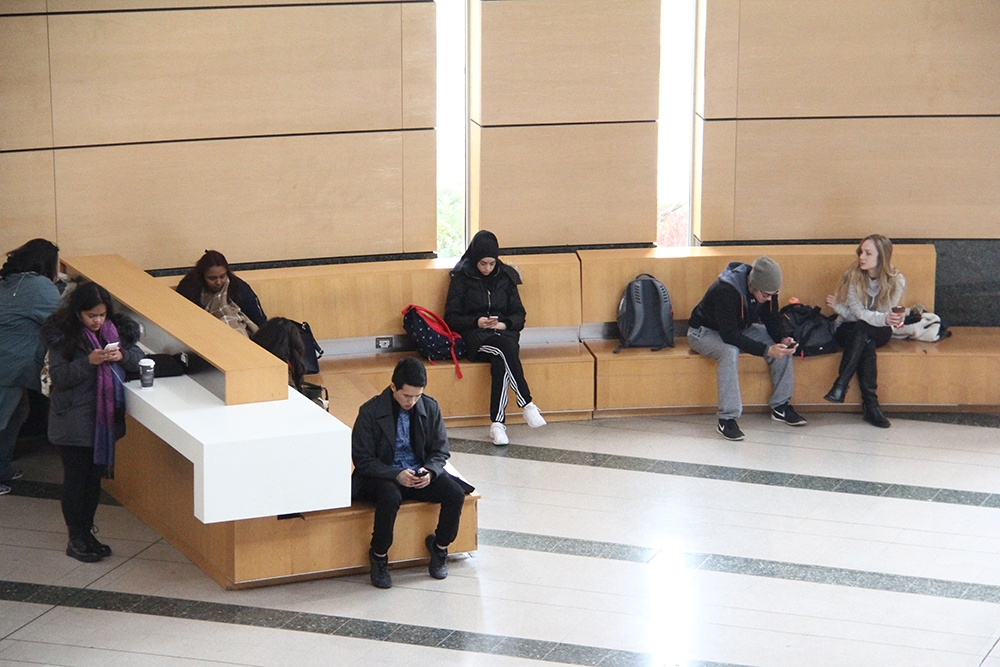Arfi Hagi Yusuf | Features Editor
Featured image: Facebook and Twitter users commemorate the final days of Vine by re-sharing some of their favourite videos. | Amir Yazdanparast
Most social media users are familiar with Vine, an app used to edit and loop six-second videos that took over the internet in 2012. Vine was arguably one of the trailblazers for the short-video phenomena, and was generally used to promote sports highlights and comedy skits that quickly became a favourite among millennials.
On October 27, Vine’s parent company, Twitter, announced it would be shutting down Vine, sending social media into a frenzy. The announcement left many sad and confused. Sure, the app had lost steam, but it was still popular and buzzworthy. What had been the final straw?
There are a number of reasons behind the app shutting down. The app, which was worth $31 billion when it first went public, reached an all time low at $17 per share as of October 28. To trace the decline, it is important to draw out a timeline. When Vine was first released, it was one of the few apps on the market that enabled users to create short videos compared to YouTube’s longer video standards. Since Vine was released, a number of changes have occurred that left Vine out the loop, no pun intended.
In 2013, Instagram incorporated its own video applications, which many predicted would be the end of Vine. Snapchat also upped the ante by adding more features and filters. Even Twitter has incorporated video, bringing us live events like NFL games and presidential debates via Periscope.
The question arises: what does this mean for Vine users? There are obviously many other platforms that serve similar purposes to Vine, so why the outrage?
“Even though Twitter and Instagram now have Vine-like videos, it’s not the same. Vines were so funny and easy to use as reaction responses [on Twitter and Facebook],” says Ilhaam Warsame, second-year political science student.
“Vine still holds a special place in my heart.”
Social media sites are a fad, and a loss of interest is a natural trend. MySpace was at its height in 2008, but has since dropped from our frequented sites and vernacular. Regardless, MySpace still exists, gathering 20 million to 50 million unique views a month. After recent layoffs at Twitter, Vine was the easiest limb to cut next. Twitter bought Vine in 2012 for a reported $30 million.
The monopolization of the information technology world is becoming increasingly apparent.
The competition between Twitter and Facebook is heating up, with Facebook making investments in popular platforms such as WhatsApp and Instagram, and Twitter investing in Periscope and Vine. Facebook is worth $328 billion while Twitter is worth $15.7 billion.
But the question remains, do people actually care about this monopolization?
“I am sad that Vine is gone, but I can’t be bothered to find out the exact reason,” says fourth-year finance student Amarpreet Dhami.
“It does make me a little uneasy that there is a potential for there to be one supreme social media platform,” she adds.
The potential for a one-stop app harnessing all of the features that users are looking for is becoming an increasing possibility.
Dhami believes this to be problematic, as a narrow field of sources could lead to a limited outlook.
“We see this even today, where the news shared on Tumblr is very different than the news shared on Twitter and Facebook. Having a one-stop app has the potential to narrow our scope of information,” adds Dhami.
Much like the length of their videos, Vine’s presence on our social media was limited and brief. But do not fret, as there will always be space for cat videos and dance compilations, regardless of the app.


